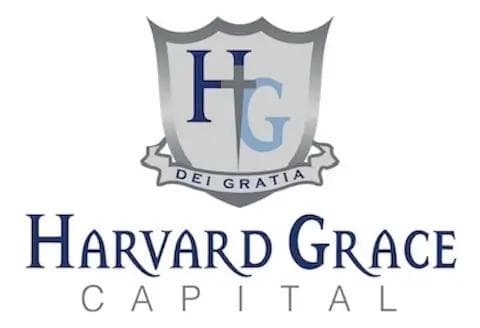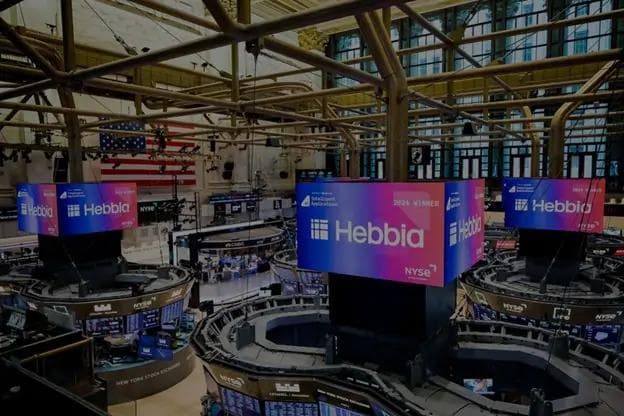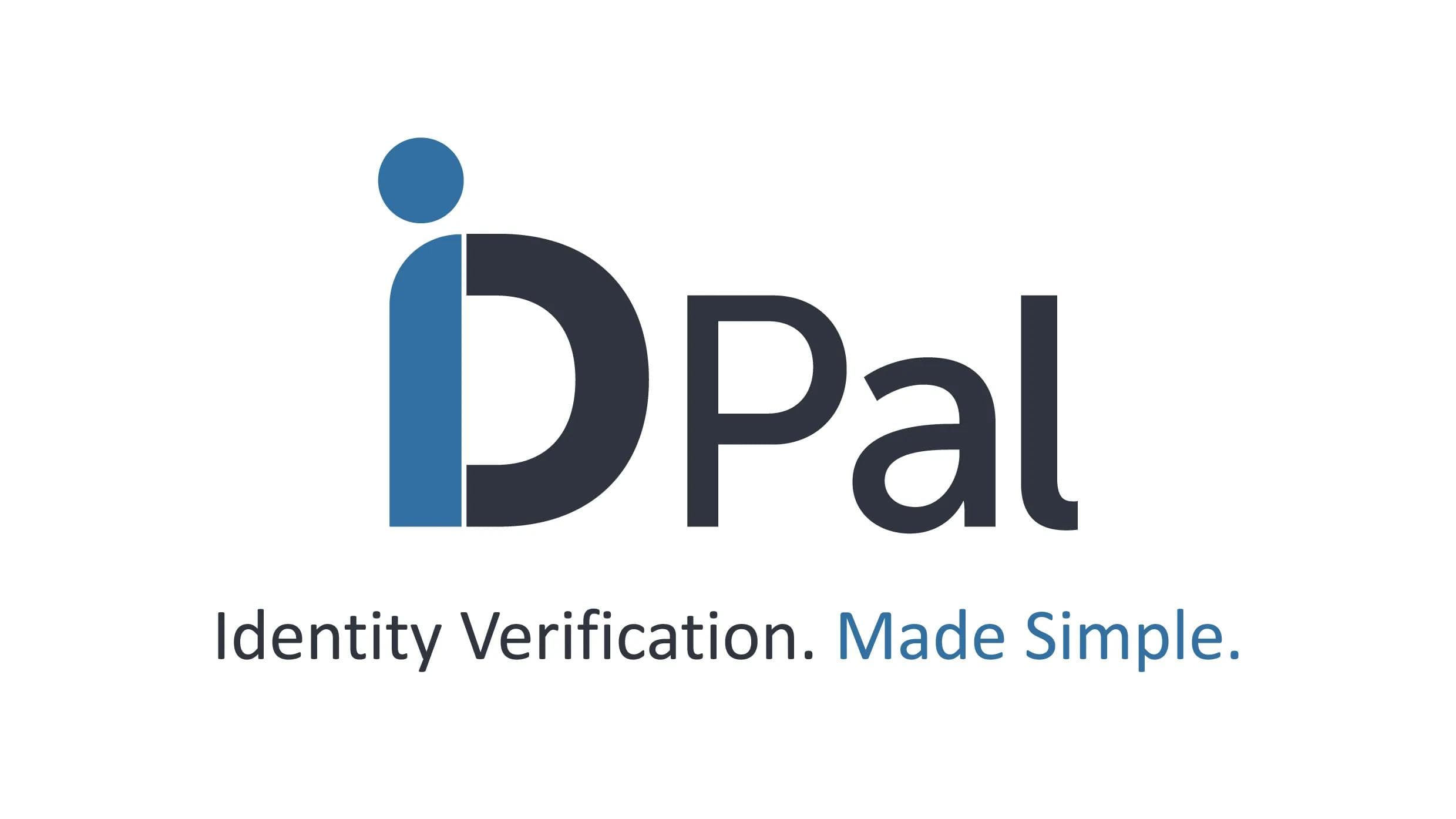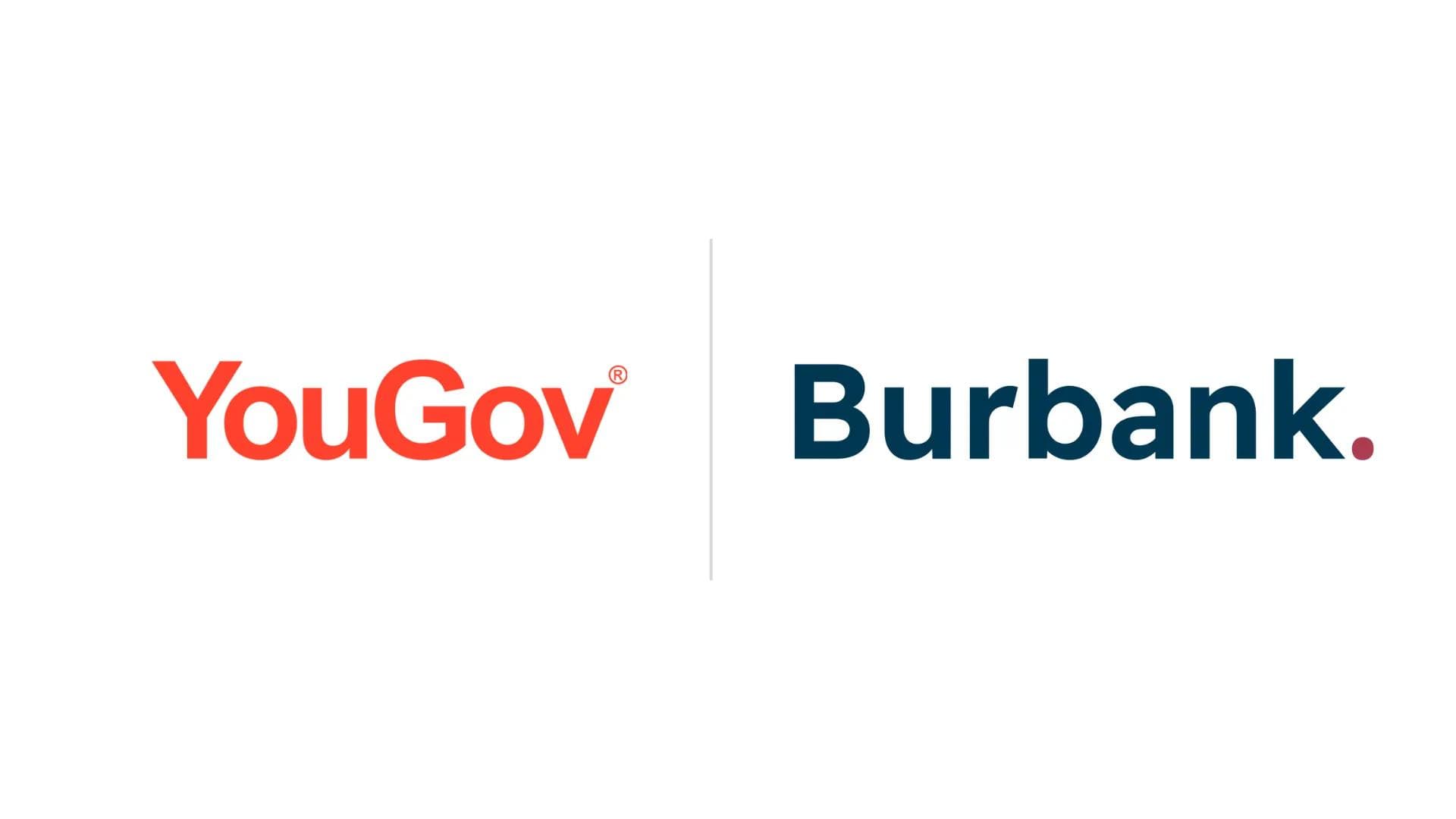By Devin Ferreira
A sudden tariff hike can inflate input costs, disrupt supply chains, and compress already thin margins. For businesses that operate across borders, or whose products require components that are produced internationally, the impact is both immediate and unpredictable.
As a result, it seems like many businesses these days are stuck between a rock and a hard place. Do you go through Door Number 1, increasing prices and making your customers eat the tariff-related costs? Or should you take Door Number 2 and keep prices relatively stable but absorb the costs yourself in terms of shrinking margins?
A recent survey of businesses by the New York Fedsuggests that the majority are opting for Door Number 1, with more than half of both manufacturers and service firms passing along 50% or more of their cost increases to customers.
This, in turn, impacts consumer behavior. Surveys have suggested that 80% of Americansexpect prices to rise due to new tariffs. That sentiment naturally affects buying behavior, with research indicating that more than 60% of U.S. consumersare rethinking brand loyalty when prices jump.
For many businesses, this means that building trust and urgency into the sales process will become more essential than ever to help them stay afloat.
Adding to the difficult choices businesses must make in this environment is the cloud of uncertainty that it creates. When you’re uncertain of your costs, this slows down purchasing decisions and makes forward planning more challenging.
Yet while the short-term becomes more difficult to navigate, the long-term imperatives for most businesses haven’t changed: drive growth, maintain market share, and strengthen customer relationships. The question is, how do you bridge these conflicting timelines? Is there a more-palatable Door Number 3 to the tariff dilemma that could be explored?
In fact, yes. One possible solution lies in the smart deployment of incentives and incentive programs.
Strategic incentives—whether aimed at consumers, sellers, or channel partners—can help offset short-term disruptions caused by tariffs while strengthening your position in the marketplace for the future. The best ones are designed not just to cushion the blow of higher prices, but to keep product moving, keep customers loyal, and keep confidence intact, even in turbulent economic times.
Incentives as a Strategic Response
Incentives are often misunderstood as tactical sweeteners—promotions or bonuses that are designed to drive short-term impacts. But in a tariff-constrained world, incentive programs can serve as strategic levers to manage risk, maintain sales momentum, and preserve customer loyalty . . . in the short-term, yes, but also for the long run.
So, what exactly qualifies as an incentive in this context? Think of monetary rewards (like rebates and discounts), non-cash perks (such as extended warranties or priority service), points in a loyalty program, or structured sales performance bonuses. When used intentionally, these programs can deliver four key benefits:
- Cost offsetting without permanent price erosion – Discounts and rebates can absorb some of the cost pressure without devaluing your product or brand perception in the long term.
- Demand stabilization – Incentives create a reason to buy now rather than delay.
- Signal of support – Well-structured programs show your partners and customers that you’re in it for the long haul, even when times are tough.
- Strategic flexibility – Incentives can be recalibrated as trade conditions change. This makes them ideal tools for managing unpredictable market environments, without having to sacrifice longer-term strategic goals.
Still, managing incentives during economic uncertainty isn’t without challenges. Companies are under greater scrutiny than ever before, and changes to incentiveprograms can be perceived as reactive,suggesting a lack of foresight on the part of executives if they’re not communicated clearly or well justified.
The key lies in tying program design directly to clearly defined metrics that track tariff impact, rather than appearing to retroactively correct strategic blind spots.
Incentives That Actually Move Product
The most effective incentives are those that do one thing above all else: drive purchases.
That means front-loading value into the transaction in a way that encourages buying behavior, without undercutting your long-term brand or pricing strategy. The following incentive types rise to the top in this environment:
1. Consumer Rebates
Rebates give customers a tangible reason to buy now, offering immediate value without slashing sticker prices. They work especially well when you’re trying to stimulate volume without signaling weakness. Consumer rebateskeep your product positioned as premium—while still making the customer feel like they’ve gotten a deal.
2. SPIFFs (Sales Performance Incentive Funds)
SPIFFsenergize your sales team and channel partners to push specific products, even in a high-cost environment. These programs are particularly effective during periods of uncertainty, when sales reps may otherwise be inclined to prioritize easier sales. By rewarding product focus, you stay top-of-mind and keep velocity strong, both of which can provide strong long-term value when your competitors may be pulling back.
3. Loyalty Programs
Even during periods of low consumer confidence—times when customers are typically looking to cut costs—loyalty programs give them a reason to stay and continue spending. In fact, research has shownthat during such periods, loyalty program members are far more likely to make repeat purchases compared to non-members. That stickiness helps protect revenue as new-customer acquisition becomes more expensive.
4. Bundled Value-Add Offers
Bundling extras like extended warranties, onboarding services, or free accessories helps preserve your average selling price (ASP) while increasing perceived value. Customers feel they’re getting more, without you needing to offer a direct discount. That’s a win-win in margin-compressed environments.
5. Channel Incentives
Finally, incentives directed at distributors and resellers—such as inventory bonuses, early payment discounts, or sales-based rewards via a points program—help keep your supply chain fluid. When tariffs bring uncertainty to your partner relationships, these channelincentive strategiesgive them the confidence to continue to stock and sell yourproductsover your competitors’.
Building Incentives for the Long Haul
To make these programs sustainable and not just short-term patches, you’ll need a foundation rooted in data, transparency, and flexibility.
If you’re not already, try to start mapping the areas of your sales that are tied to tariffed goods. This allows you to prioritize incentives that soften the impact of those cost increases. Transparency is also critical: whether you’re selling to contractors, distributors, or consumers, it’s important to clearly explain any price changes, and how your incentives are designed to help.
Not to be overlooked in this regard, you’ll want to ensure you’re also accounting for the hardware, software, and supply chain components that support your actual incentiveprograms. If your infrastructure is tariff-sensitive, your program design should reflect that reality.
From there, data and analyticscan enable you to customize your offerings. For example, you could:
- Segment your customer base
- Personalize rewards
- Create bundles that push customers toward less tariff-exposed SKUs
- Include educational content—like webinars, expert Q&As, and corporate eLearningmodules—so that partners and customers alike see you as a source of support, not just product
Lastly, make sure your incentives are agile enough to withstand changes to the existing landscape. Maybe this includes added perks such as discounts or guaranteed product availability for long-standing customers or those who agree to commit to your brand for a longer term. Design loyalty tiers around these objectives, with flexible earning thresholds and mix-incentive payouts that shift as the situation evolves.
In other words, it will pay to reward continuity, not just volume.
Conclusion: Incentives as a Competitive Advantage
Strategic incentive programs aren’t just about cushioning short-term shocks—they’re essential tools for maintaining market momentum when conditions are unstable. In today’s trade climate, companies that lean into incentives to move product, retain customers, and reward commitment will come out stronger on the other side.
Engaged customers, channel partners, and salespeople are your greatest assets during times of economic turbulence. And the more you can encourage repeat business now, the less vulnerable you are to margin hits from future tariff spikes. This trust-based cushion doesn’t necessarily require a massive customer base. But it does require one that’s bothloyal and sticky.
So ask yourself: are your current programs really designed to convert hesitation into action? Are you doing enough to motivate purchases and reinforce loyalty when both are under threat?
If not, now’s the time to rethink your approach and evaluate your incentive “toolkit”. Because in a tariff-constrained world, incentives may be the difference between weathering the storm . . . or falling behind.

























